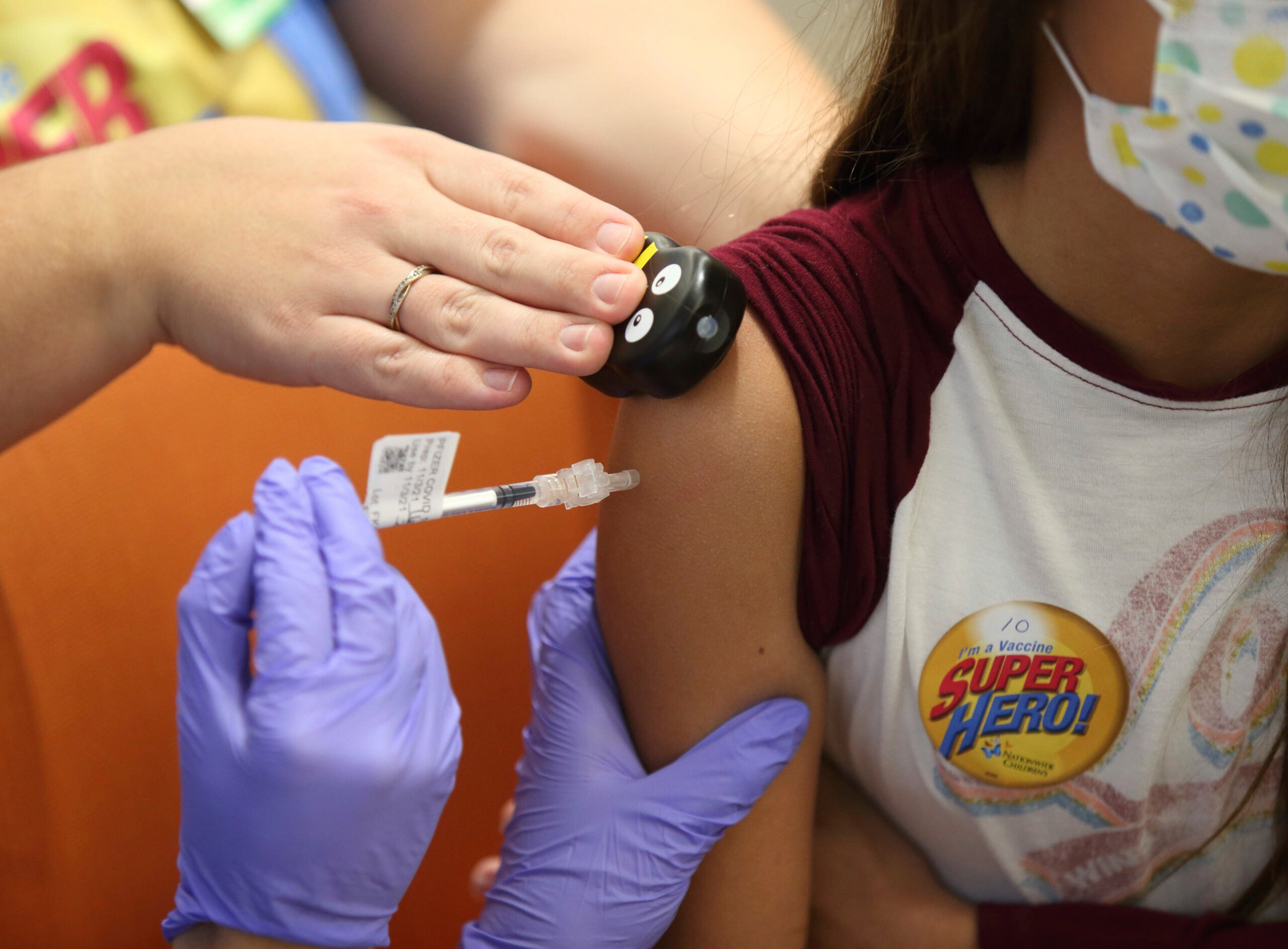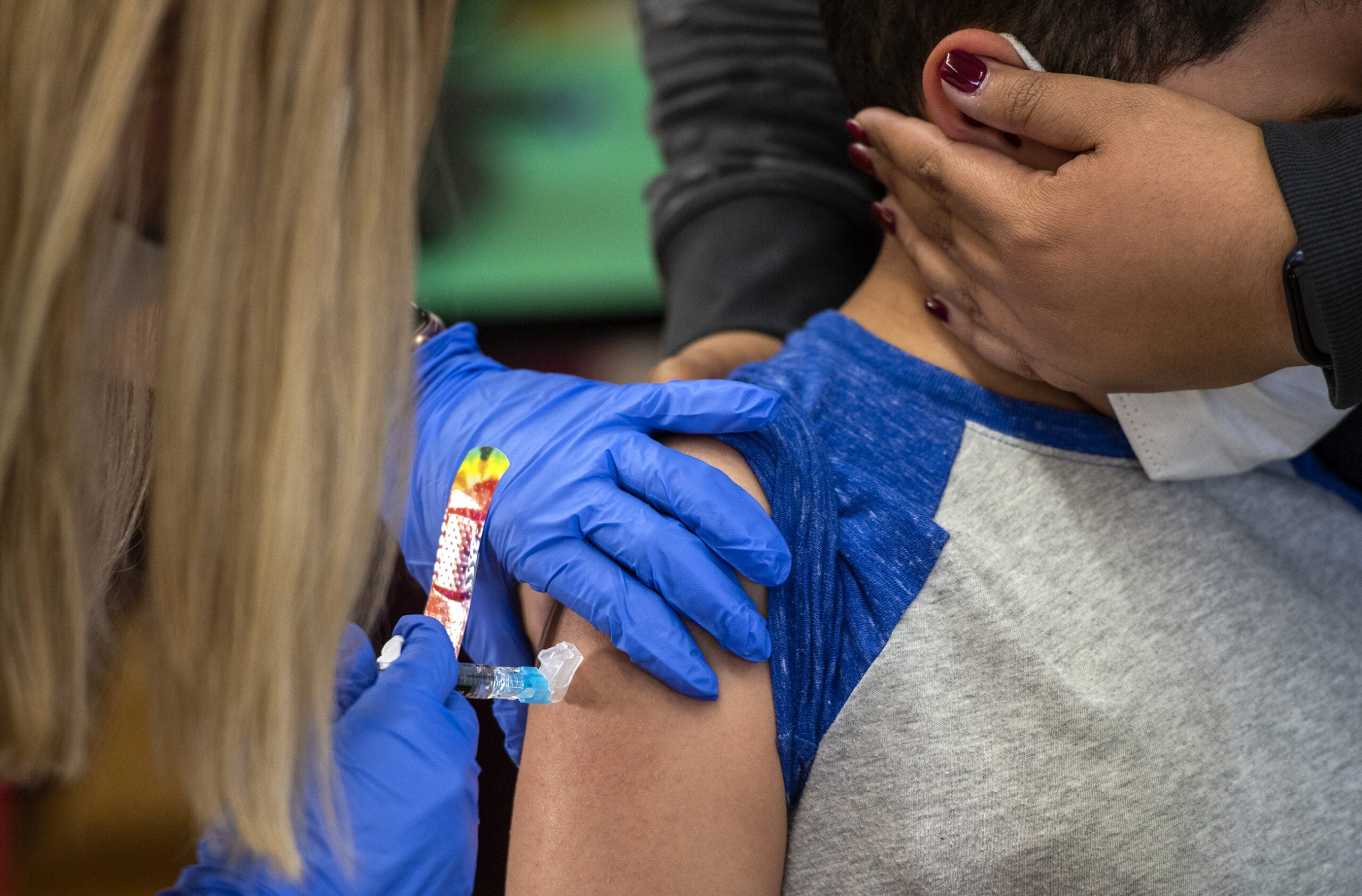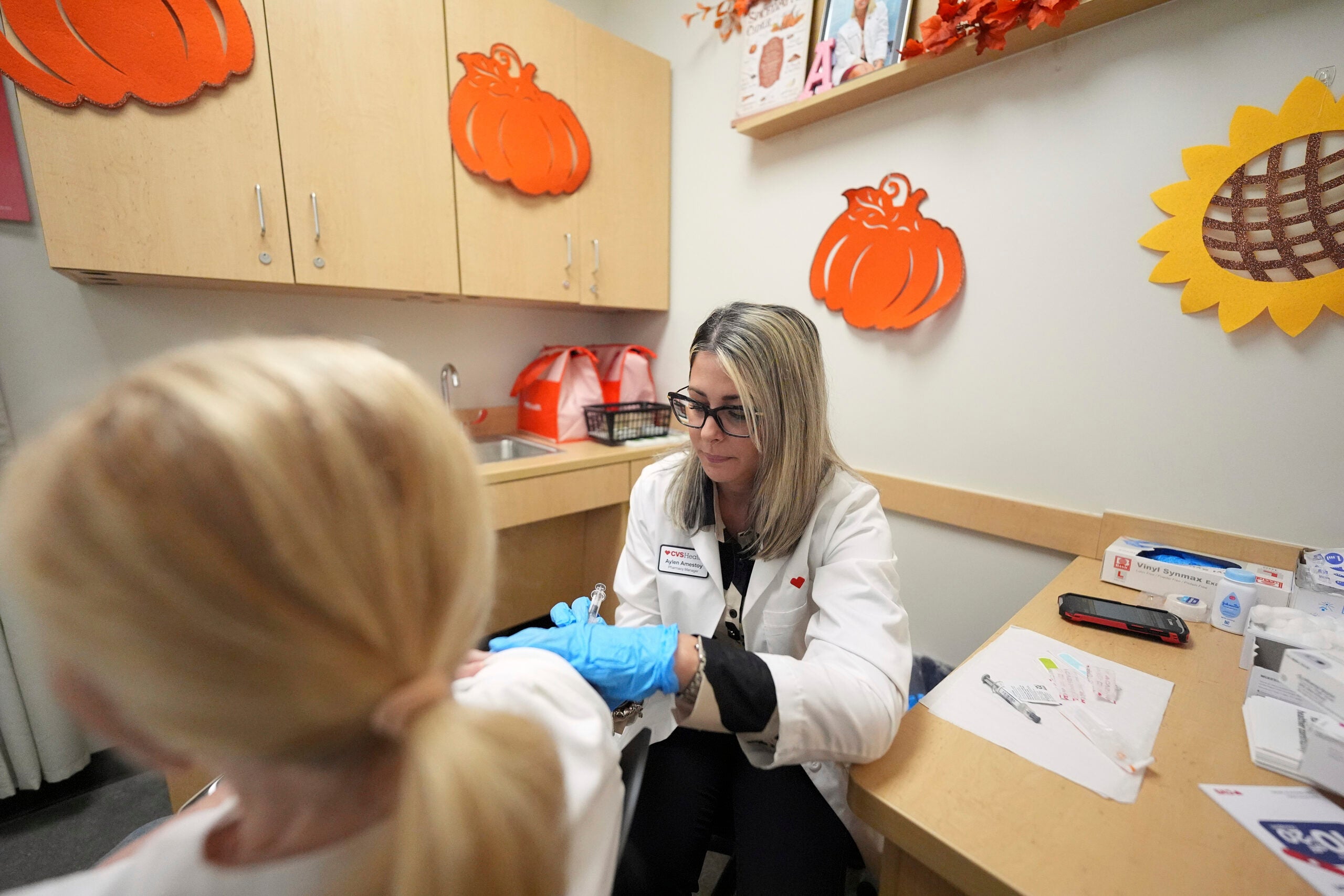The American Academy of Pediatrics says in its latest report that COVID-19 cases among children have reached the highest case count ever reported since the start of the pandemic — and hospitalizations are rising across the country.
In Wisconsin, 13 pediatric patients on average are being admitted to the hospital with COVID-19 every day, according to federal data for the week ending Jan. 5. That’s a 71 percent increase from the previous week, according to the Centers for Disease Control and Prevention.
That number is concerning to UW Health pediatrician Dr. James Conway.
News with a little more humanity
WPR’s “Wisconsin Today” newsletter keeps you connected to the state you love without feeling overwhelmed. No paywall. No agenda. No corporate filter.
“You know we’re certainly seeing more hospitalizations in adults. But kids, we’re still worried that we’re actually on the front end of the curve,” Conway said.
So far, children have been less likely to get severely ill from COVID-19 compared to adults. And while pediatric deaths are rare, they do happen. State data shows one child under age 10 dying from the disease and seven COVID-19 fatalities in older children since the pandemic began.
Some children also develop a rare inflammatory condition that can affect the heart and other organs called MIS-C. Doctors don’t yet know what causes the condition, but many of those affected either had COVID-19 or had been around someone who was infected with the virus. MIS-C can be serious, even deadly, but most children who are diagnosed with it get better with medical care, according to the CDC.
The recent spike in COVID-19 cases is a continuation of the delta wave and the rapidly spreading omicron variant, but doctors say omicron seems to affect children under age 5 differently.
“We’re seeing more upper airway issues with this variant. So kids are coming in with croup-like symptoms or bronchiolitis that are related to the omicron variant,” said Dr. Frank Belmonte, chief medical officer at Advocate Children’s Hospital in Chicago.
And while those conditions usually go away on their own, some children infected with COVID-19 are requiring serious medical care. In the past 30 days, Advocate Aurora says 20 percent of all new COVID-19 diagnoses in Wisconsin are children or teens. Other trends the health provider, which serves Wisconsin and Illinois, is seeing:
- Threefold increase in COVID-19-related hospitalizations at Advocate Children’s Hospital.
- 94 percent of children hospitalized are unvaccinated, many of whom come from households where no one is vaccinated.
- 25 percent of pediatric patients hospitalized currently are in the intensive care unit.
- 49 percent of those hospitalized over the past month are 5 years old or younger. A similar trend is seen in Advocate Aurora’s outpatient offices.
Pediatricians are urging parents to vaccinate their kids if they are eligible and to protect them in other ways by masking and being in well-ventilated places. Still, Dr. Kevin Dahlman, an Aurora pediatrician in Whitefish Bay, said it’s important to try and preserve a sense of normalcy during the ongoing pandemic to maintain children’s mental health.
“I know for my family we were thinking, ‘We can’t really go on vacation right now so why don’t we think of something a little unique,’” Dahlman said. “So we bought cross country skis and we’re teaching our kids to cross country ski. Safe activity, outside and they’re enjoying it.”
As cases of COVID-19 increase, doctors have urged vaccination for everyone who can get a shot, that’s people age 5 and older. They’ve also encouraged boosters, which are now available children as young as 12. State data show vaccination rates for kids lags behind that of adults.
“We’re just a sitting duck at this point,” said Conway, who noted unvaccinated people shed more virus than those who are vaccinated.
Wisconsin Public Radio, © Copyright 2026, Board of Regents of the University of Wisconsin System and Wisconsin Educational Communications Board.




